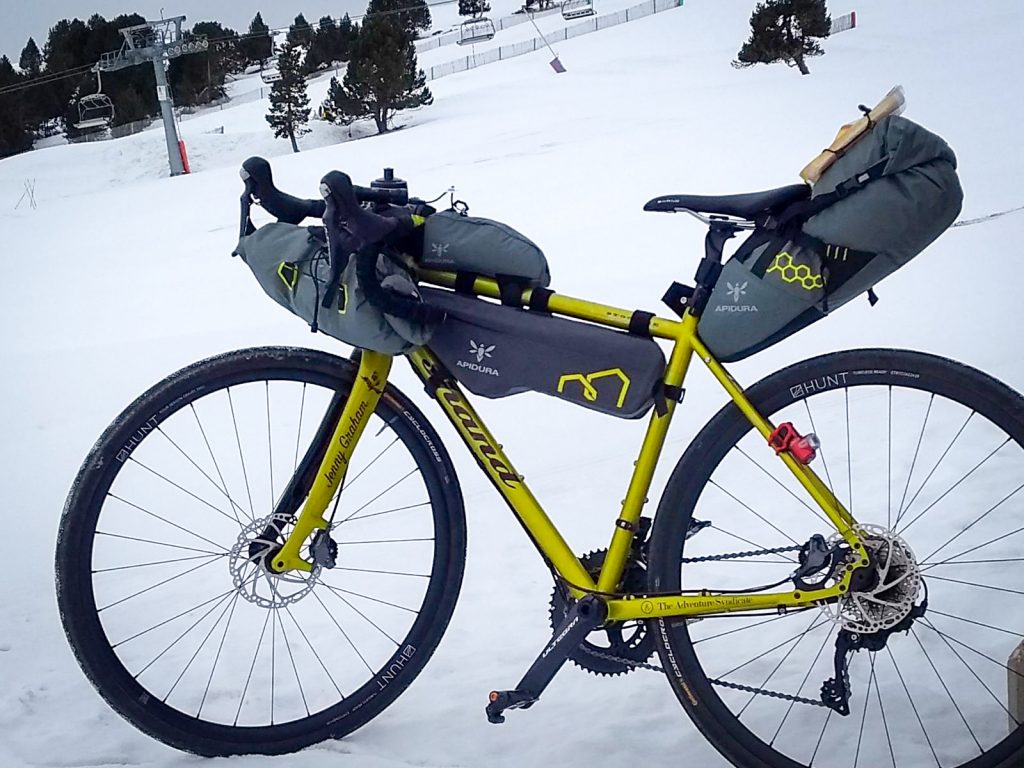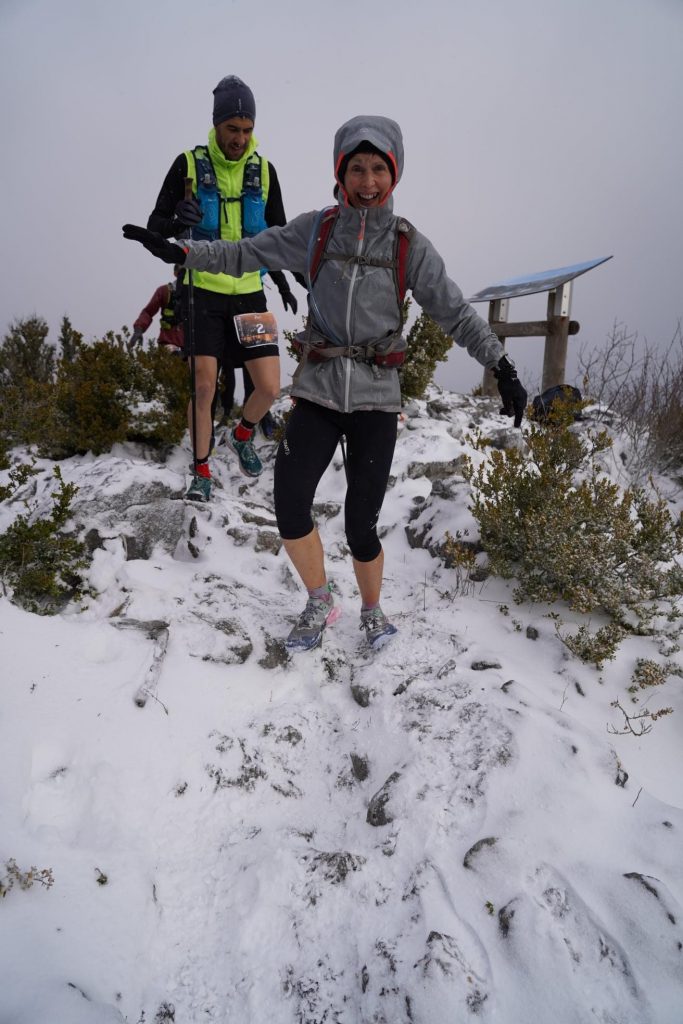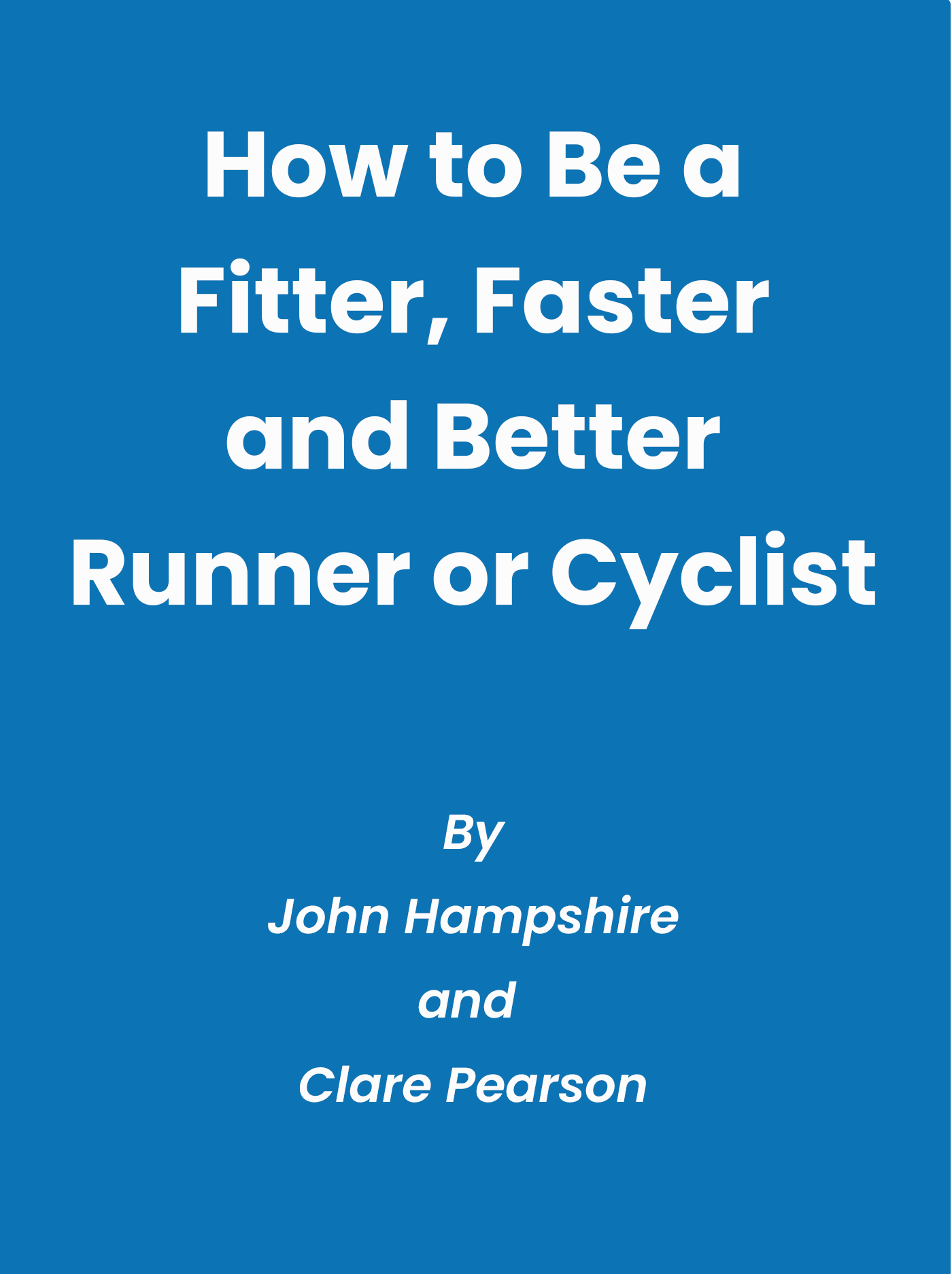How Should I Fuel My Endurance Training throughout the Seasons?

Winter is a time when in the Northern Hemisphere training can be a bit trickier as the weather becomes less inviting; it can also be a time when endurance athletes worry about extra weight gain and when fuelling long endurance sessions can be difficult.
As a coach I am continually advising athletes about nutrition in order to ensure that they stay healthy, get the most out of their training sessions throughout the year and get to each race as fit as they possibly can be.
Here is a list of things to do to help you with your fuelling strategy which I will discuss in more detail below:
- Maintain a healthy weight
- Fuel your training appropriately
- Ensure that you get enough vitamins and minerals
- Match your calorie consumption to your activity level
- Find a food plan that works for you in training so you have it nailed for your race
- Plan for the extra logistics extreme weather brings
Maintain a Healthy Weight
The most important part of optimal performance at any level is maintaining a healthy weight; this means a weight which can support the activity you do and your day to day life.
Many endurance sports require a good power to weight ratio which can make it tempting to try and be as light as possible, you may have done some research on ‘race weight’ and decided to drop some weight in order to climb better.
In general for most athletes this ‘race weight’ has marginal gains and can carry a lot of risk; either way it’s not a weight that can be maintained for long periods of time. Whilst BMI can be indicative of health, the best thing to do is to find and know what is a healthy weight for you and ensure you maintain this.
So if you want to make sure you stay healthy weigh yourself once per week (no more) and keep track of this and other metrics such as mood, performance, motivation etc. That way you can make small adjustments as needed to stay healthy and perform at your best.
If you are feeling particularly grumpy, low in energy or you are not hitting your usual pace/powers you may be under fuelling. Under fuelling with the associated RED-S carries with it far more risk than slight over-fuelling does so my usual advice would be to err on the side of caution and stay in the healthy weight range.
Fuel Your training appropriately
To get the most out of your training, in addition to maintaining a healthy weight you need to adequately fuel your training.
As an ultra endurance athlete you may be keen to promote some fat burning on your easier zone 1 to 2 training sessions, but in general one or two fasted sessions of 30 minutes will suffice for this, for other sessions have some carbohydrates 1-2 hours before the session and, depending on the length and intensity of the session consider topping up during the session or just prior to the start.
For example, for endurance sessions of over 90 minutes you should be aiming to consume 30 to 60g of carbohydrates or 200 to 300 calories per hour. You can get this from both food and drink as you choose but getting it in will not only mean you recover better but that you are less likely to find yourself, cold, grumpy, hungry and fallen over on the top a hill because of the inherent clumsiness that comes with a massive dip in energy.
For higher performances up to 90g of carbohydrates has been shown to have a better effect on performance but this requires specific gut training for most athletes and a mix of multiple sources of carbohydrates. A good time to train your gut is on your longer training sessions, but make sure you also try this regime at your race pace if it is likely to be faster.
Plan for the extra logistics extreme weather brings
Eating and drinking in the winter can be tricky – you have to be able to get to your bars/drink through one or two pairs of gloves, your usual pockets might be covered by extra layers and in general your thirst and hunger signals can be dulled or non-existent.

Equally in very warm weather you may sweat more and need more fluid than usual so make sure you are able to either carry or access enough liquid for your long events. Your favourite foods might melt or become congealed to their packets making them impossible to eat so you may need to rethink your go-to list.
So plan ahead, think about whether your usual go to bars/gels/snacks will change in texture; your nice chewy flapjack might become like a rock in sub-zero temperatures. Drinks might freeze, especially on the bike making it impossible to drink, so think about investing in something that you can wear closer to your body where body heat will keep it liquid, or try a thermal flask to keep things hot or cold.
Hot drinks can work well in cold weather as you may be more motivated to drink them than you usual cold drink. Whilst you may be sweating less you may still be sweating underneath the many layers and in any case you will still need hydrating as you lose liquid from your breath. Equally adding ice to cold drinks in very hot weather can keep them cooler for longer.
Ensure that you get enough vitamins and minerals
Staying healthy means making sure that you get enough vitamins and minerals to keep your body working optimally. There is good evidence to support an increased risk of upper respiratory infections in winter, especially amongst athletes going out into the cold so in addition to calories, it’s really important to make sure you are getting all the micro-nutrients you need. Continuing to eat a good range of fruit and vegetables will help support your training load and protect you from illness.
In parts of the world where daylight is limited getting a good source of vitamin D is important for muscle health. Iron, particularly for runners, can be lost through heavy training so having a good source of iron to support oxygen transport through the blood is also important. If you think you may be lacking in key minerals consult with your GP to get a blood test to see if you may need a supplement.
NOTE: Excess of some vitamins and minerals can be dangerous, so be sure you are in deficit before taking supplements.
In hot weather when you sweat a lot ensuring you get some salts in as well as liquid is important to avoid hyponatremia, most sports drinks are designed to help with this, so finding one that works for you can help. Some have the additional benefit of giving you calories as well so when it becomes too difficult to eat because of heat or gut distress you know you can still get some energy in.
Match your calorie consumption to your activity level
Your activity level is not the same throughout the year, every athlete needs some kind of off season and for many this occurs at the end of the summer and can be followed by a period of less intense, base training.
For others the winter is a time of heavy racing (cross country, cyclocross, skiing etc). It important to think about your activity level when thinking about maintaining your healthy weight.
This doesn’t mean you have to be permanently hungry in your off season, but it could mean choosing less calorie dense foods than you might choose in a period of heavy training. Equally in periods of hard training try not to fill up on low calorie foods (like salad and fresh fruit) but choose more calorie dense options (like nuts and dried fruit). Most importantly ensure you get enough carbohydrates and protein to fuel training and enable your muscles to adapt and recover.
For example in a hard training period you you may need as much as 7-10g/kg of body weight of carbohydrate and 1.2 to 2g/kg of body weight of protein per day.
An easy way to visualise this is using the concept of ‘The Athlete’s Plate®’ (developed by Meyer, NL with UCCS’ Sport Nutrition Graduate Program in collaboration with the US Olympic Committee’s (USOC) Food and Nutrition Services).
You can find the different images here.
Find a food plan that works for you in training so you have it nailed for your race
In my experience there is no one size fits all where it comes to nutrition and usually the best policy is to become your own personal scientist and find what works for you. Some suggested figures such as those above can be a starting point for you from which you can then start to build up your own food plan.
Monitor external measurement factors (including weight, but remember once per week is enough for weighing and weight fluctuations may not be just down to increased fat) and find what works for you.
Finally, keep a record so that you know and can repeat plans as needed. This is particularly true when planning to fuel long events and races. Experimenting now will mean that for race day you are ready with a nutrition strategy that works for you.
The best way to do this is to keep trying things in training until you find what works for you. You may find that getting plenty of carbohydrates in your drink works well for you, or you may find you prefer ‘proper food’ like potatoes, sandwiches and bars rather than gels.
At the end of each training session make a note of what you ate, how many calories and carbohydrates were in each food source and how you liked it and responded to it. From this you can produce three lists:
- Perfect – foods you like and know work for you all the time.
- Standby – foods that might not be ideal but will work for you if your ideal food is not available.
- Avoid – foods that do not work for you that you react badly to or simply don’t like.
Here is a table for you to download to help you fill in your food list and develop your own ideal nutrition strategy:
In addition to following the above guidelines it’s worth thinking about some things you should definitely avoid:-
Don’t try to lose weight if you are looking to make big fitness or strength gains
Being in energy deficit can really interfere with muscle building and muscle adaptation to stimulus, so if you are trying to make big fitness or strength gains it’s a good idea to make sure you are not also trying to lose weight at the same time. Try to have enough fuel and protein to support what you do and look to lose the extra weight in a down or base period of training.
Don’t assume that you will burn more calories because it’s cold.
There are a few claims which suggest that being in a cooler ambient temperature can mean that your body is burning more calories. There have even been claims that ‘cooling vests’ can be used as a weight-loss aid.
Most in depth studies into this have proved that any extra calories burned is minimal and unlikely to make any difference to your overall weight. The most energy used when you are cold is when you are shivering and the discomfort that this induces it likely to far outweigh any desire for weight loss in any case.
Certainly as an endurance athlete you should dress appropriately for the weather conditions; if you are shivering during a workout you need more clothes on.

Keeping track of your weight and making slight adjustments to your diet as needed is the best way to stay healthy.
Don’t assume that someone else’s food plan will work for you.
It is not difficult to find someone either in person or on the internet that has ‘the answer’ for how they lost weight and gained fitness in the process. However, in my experience as a coach, nutritional needs, like most things, are individual and you can’t assume that what has worked for someone else will work for you.
If you are trying to manage weight gain or loss the best solution is to follow a healthy, varied diet and to be mindful of your portion size and remember that you may need less carbohydrates in low training phases of your training year and more carbohydrates and calorie dense foods in periods of hard training.
Don’t stress too much about it
Most importantly don’t stress too much about weight, especially if you are in a period where you have lots of social occasions to attend.
The likelihood is as you come into a more active period with fewer festivals involving big meals and alcohol you will shed those extra pounds without trying.
Most importantly, 1 or 2 pounds or the odd kilogram extra today is unlikely to change the course of your race in several months time.
It can be easy to fall into some bad eating habits if you focus too much on the number on the scales.
If you are worried about the amount of time you are thinking about food and your weight or those around you have expressed concerns about your eating habits and weight seek professional help from a qualified GP or dietician.
Tags:
cycling, Cycling Training, Mountain Running, Cycle Training, Bikepacking, Endurance Training, Nutrition, Coaching, Mountain BikingDecember 7, 2022

Comments